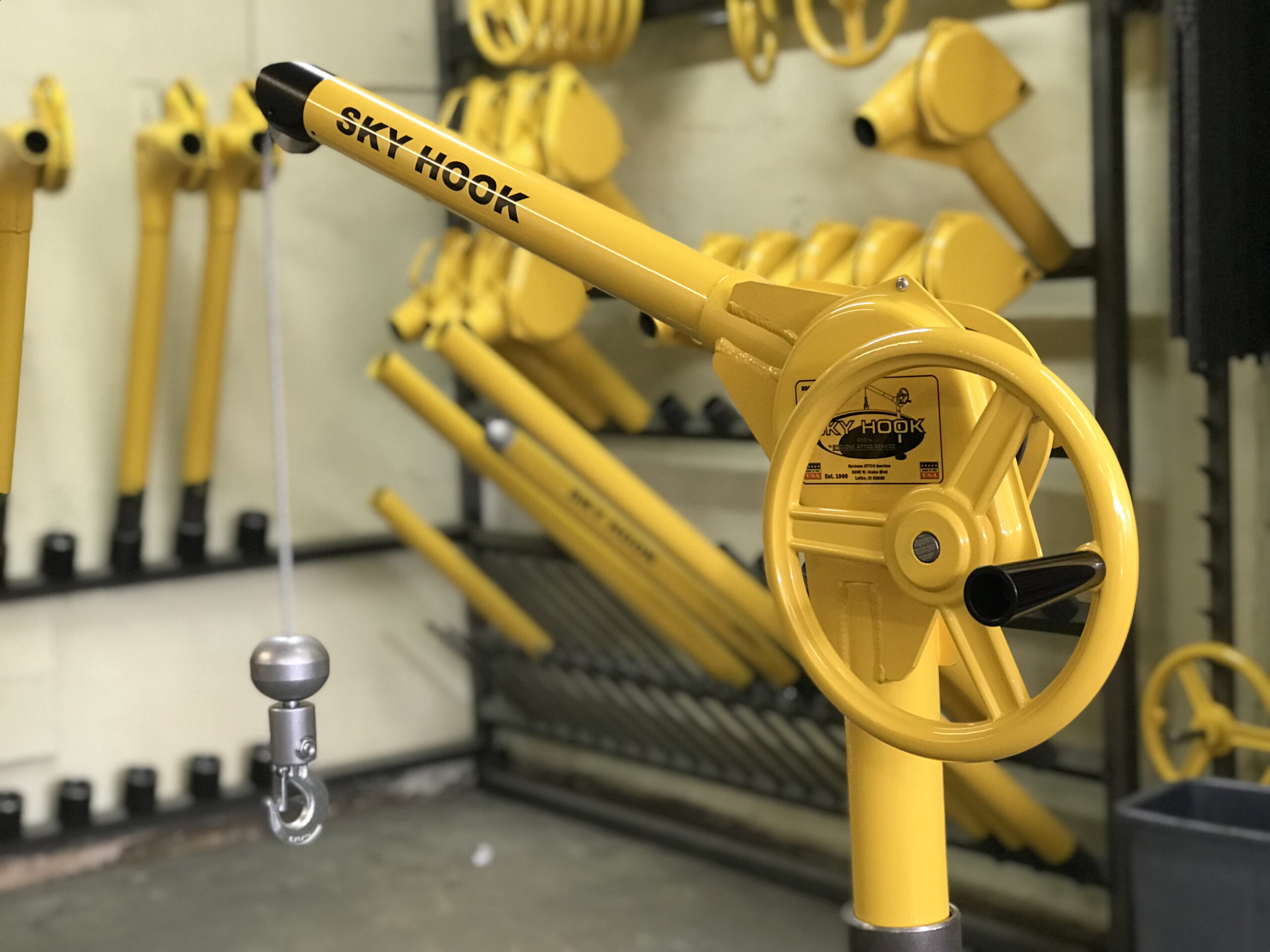
Lifting injuries are a common occurrence in logistics and load handling, where workers are required to move heavy loads throughout their workday. These injuries can range from minor sprains and strains to more serious conditions such as herniated discs or chronic back pain. While these injuries may seem minor, they can have a significant impact on the health and well-being of the workforce, as well as the overhead costs of a business.
According to the National Safety Council, preventable work-related injuries and fatalities cost US businesses $170.8 billion in 2018. Furthermore, the Bureau of Labor Statistics reported that there were 2.8 million nonfatal workplace injuries and illnesses reported by private industry employers in 2019, with overexertion and bodily reaction accounting for 33% of those cases. It is crucial for businesses to prioritize safety in logistics and load handling to prevent such injuries and the associated costs.
To prevent lifting injuries, it is essential to follow proper lifting techniques. Workers should lift with their legs and keep the load close to their body to avoid putting undue stress on their backs. They should also avoid twisting their bodies while lifting or carrying the load.
Employers can also provide manual lifting devices to prevent injuries. The Sky Hook line of industrial lifting equipment provides a solution for lifting requirements in logistics and load handling. With many companies restricting individual lift limitations to 35 lbs., the Sky Hook provides small, ergonomic, mechanical lifting devices for heavy objects that are portable and easy to use. The device can safely and efficiently lift up to 500 lbs. with a simple one-hand operation, saving time and money while preventing lifting injuries. It is manually operated and requires no connection to outside power sources.
Providing regular training and education for workers on proper lifting techniques and the use of manual lifting devices is also crucial. This training should include information on the weight limits of each device, how to properly position the load, and how to safely maneuver it to avoid injuries.
Businesses that prioritize safety can benefit from reduced costs associated with workplace injuries. According to OSHA, for every dollar invested in safety and health, businesses can expect to see a return of between $2 and $6. Furthermore, safe workplaces can improve employee morale and engagement, leading to increased productivity and decreased turnover. By investing in workplace safety, businesses can also comply with legal requirements and avoid penalties for non-compliance.
Preventing workplace injuries is crucial for businesses in logistics and load handling. By following proper safety guidelines, providing manual lifting devices, offering regular training and education, and prioritizing safety in the workplace, businesses can reduce the risk of workplace injuries, improve productivity, and benefit from reduced costs associated with workplace injuries. Furthermore, businesses that prioritize safety can comply with legal requirements and avoid penalties for non-compliance while improving employee morale and engagement.










































